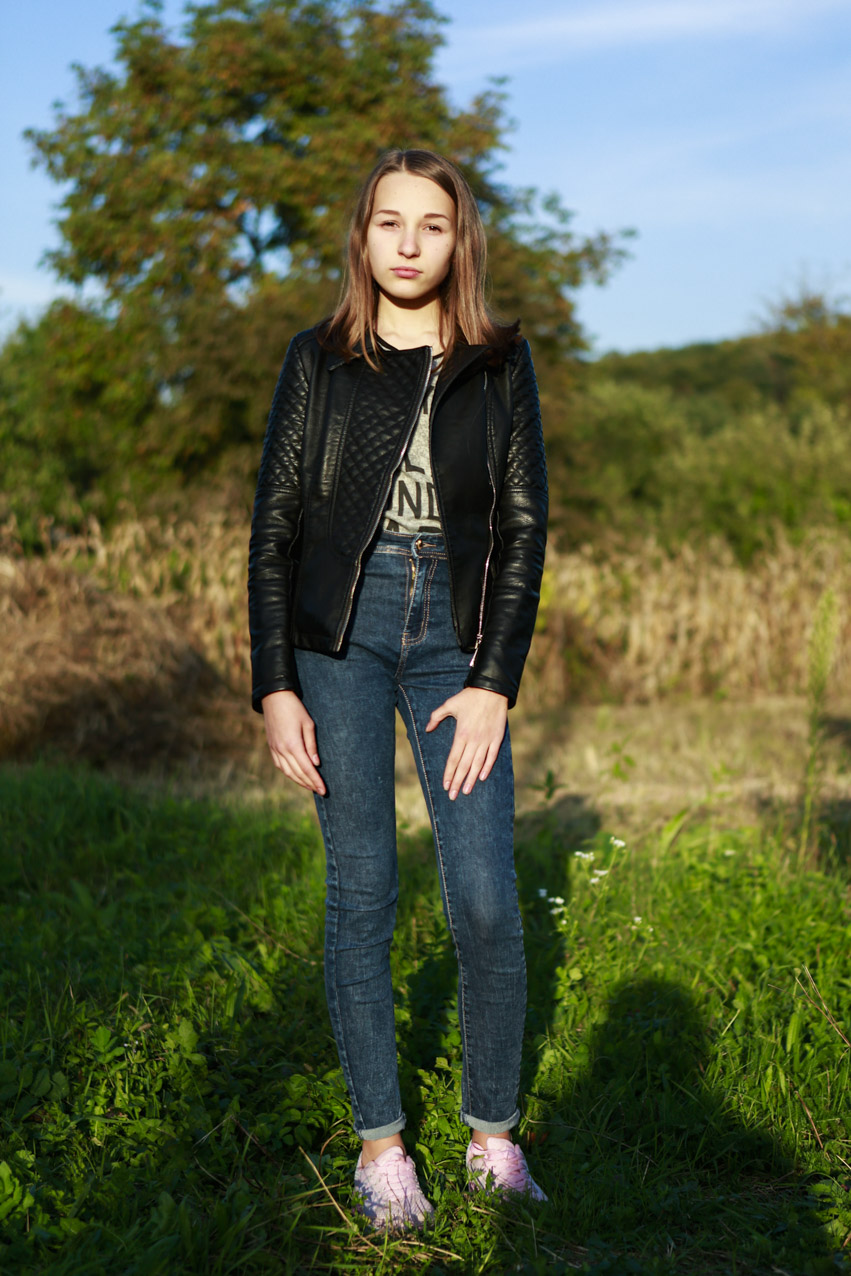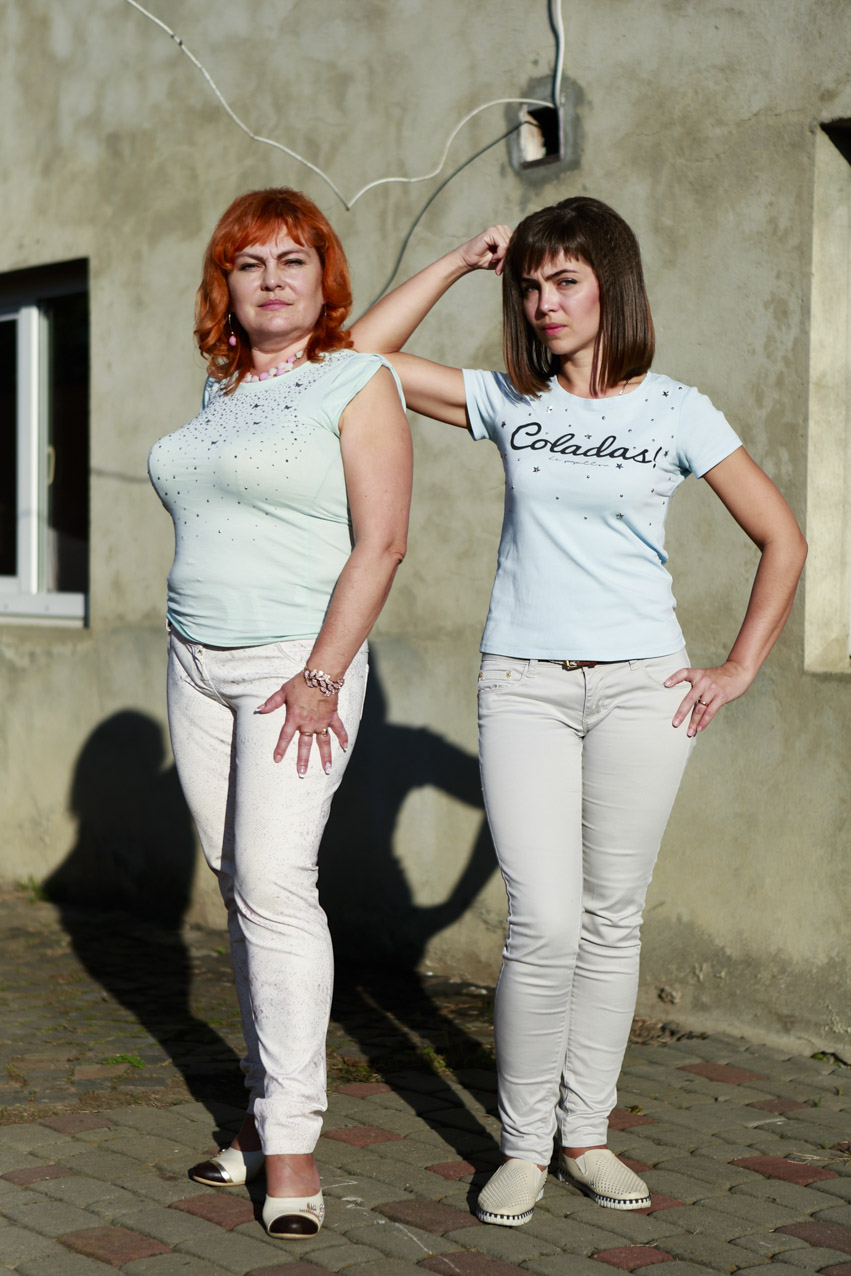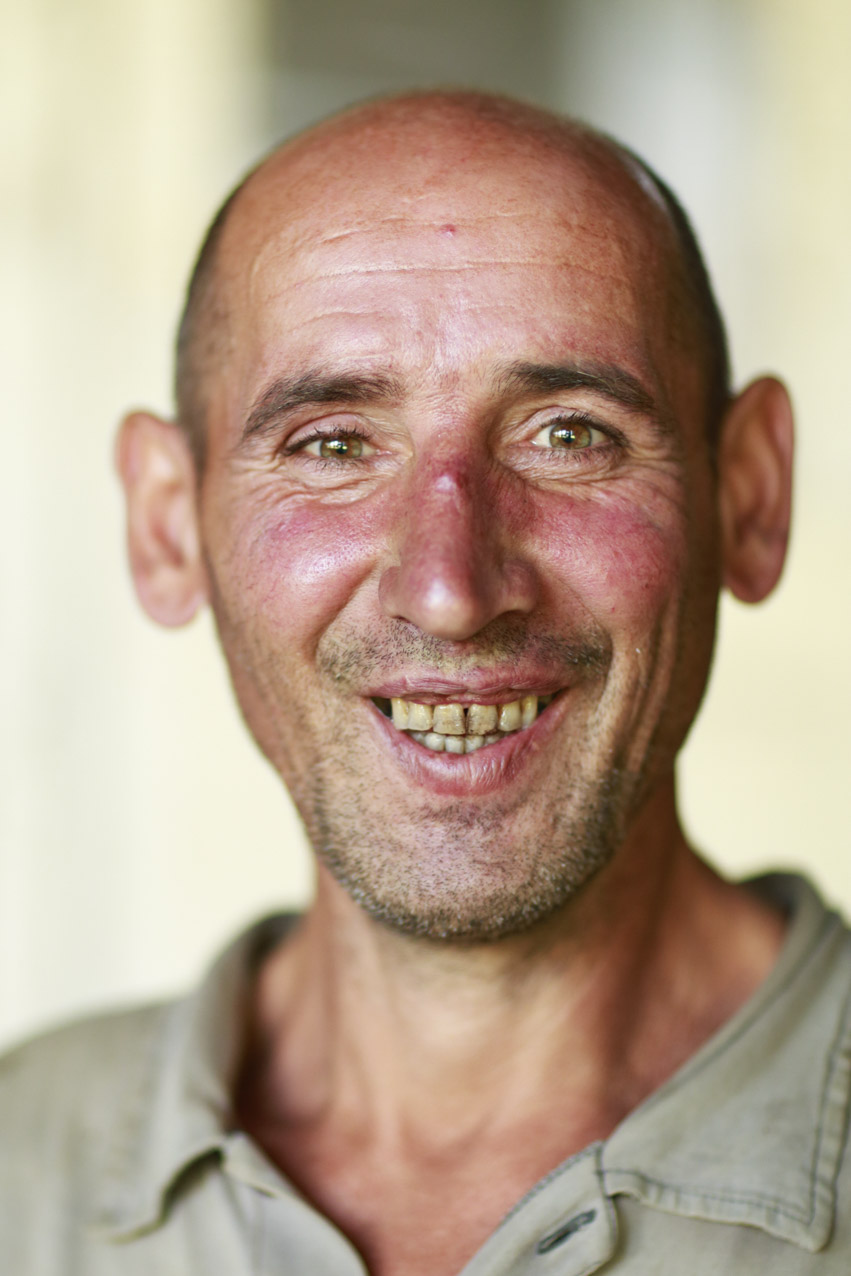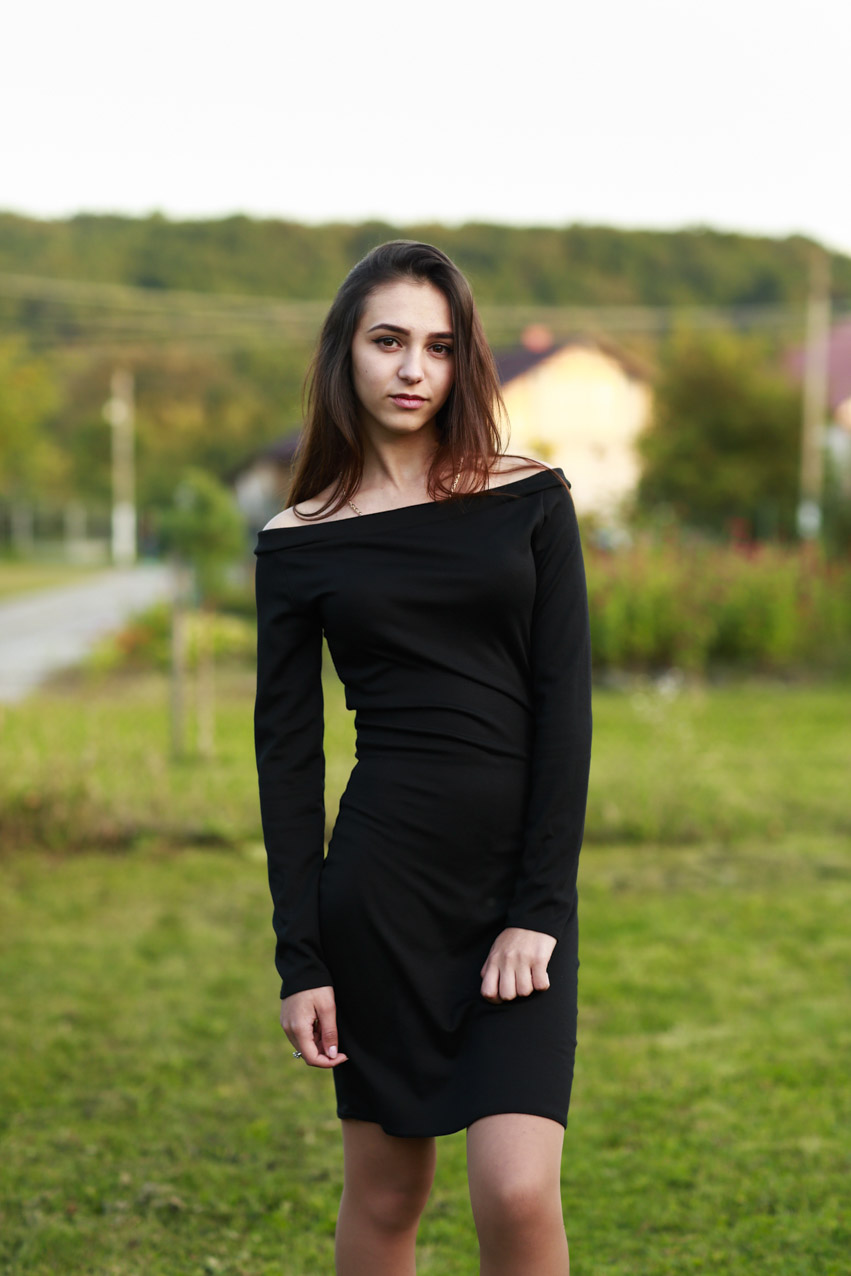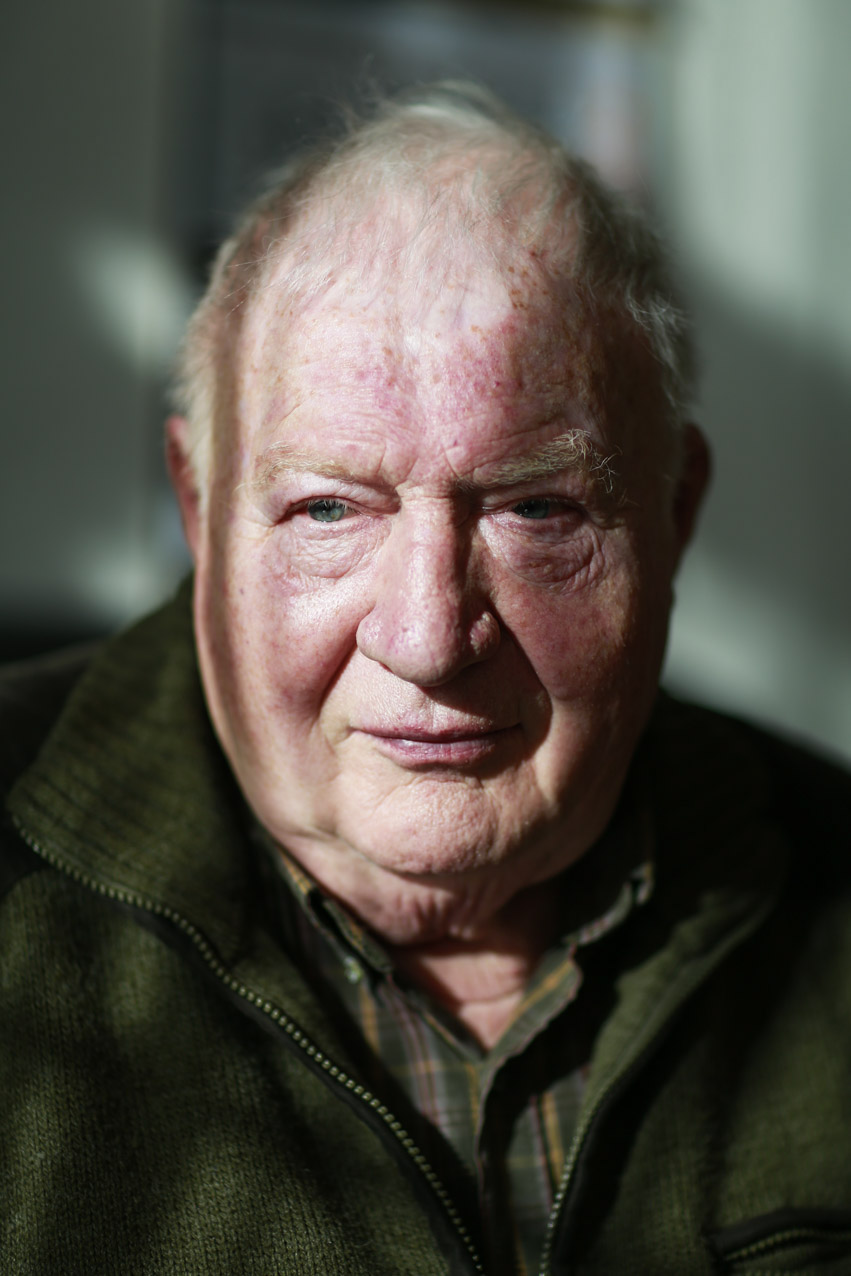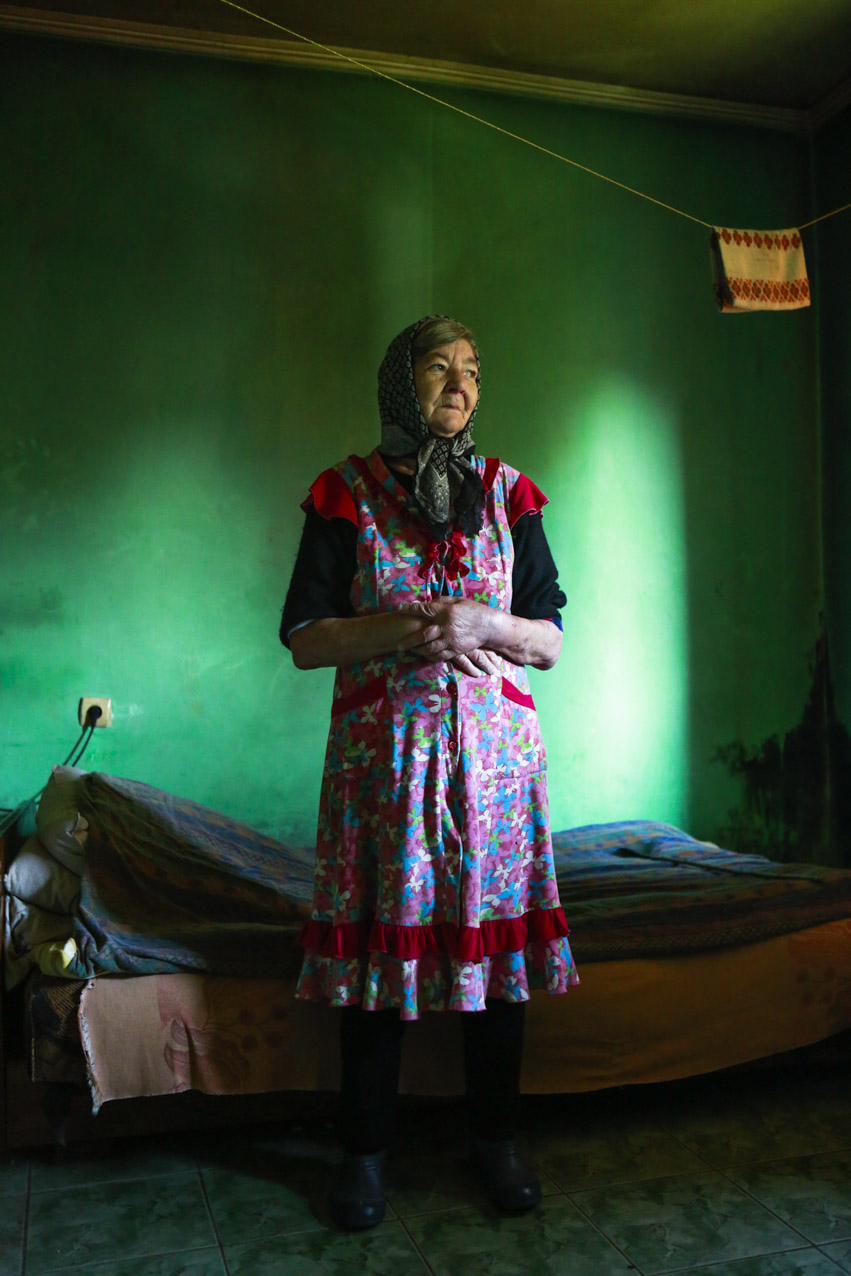Portraits from the project Schönborn – Parallel Living.
Two
villages, one name; one Schönborn sits in Transcarpathia in Ukraine, the other
in Niederlausitz in Brandenburg, Germany. By chance they share a name but, at
first glance, little else. The tiny Ukrainian village of 300 people was named
after a 17th century Earl who settled German farmers and craftspeople in the
then Austrian Empire's empty outskirts; the small German town was named after a
still active natural spring. As the towns evolve, the Ukrainian village has
been settled by ethnic Ukrainians and German is only occasionally still heard
on the one main road. The German Schönborn is being reinvigorated by people
immigrating back to the small towns outside of Berlin as well as by a small
refugee population being housed in vacant prefabricated post-war buildings.
Under
Alexa Vachon's watchful eye, similarities, differences and shared
characteristics reveal themselves. Both villages experienced mass emigration in
the early 1990s, after German reunification and Ukrainian independence, but
managed not to be swallowed up by nearby towns. What does the future hold for
each village as people around the world settle in large cities? How do national
identity, language and religion present themselves in each village's customs
and traditions? The project Schönborn – Parallel Living traces the
people who make a place a home.



